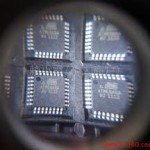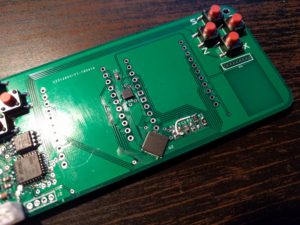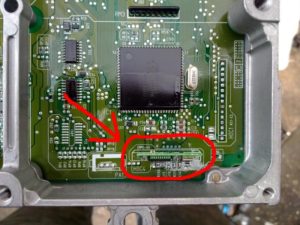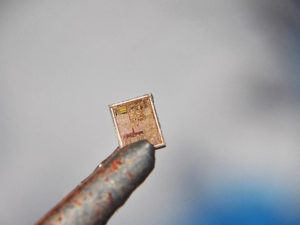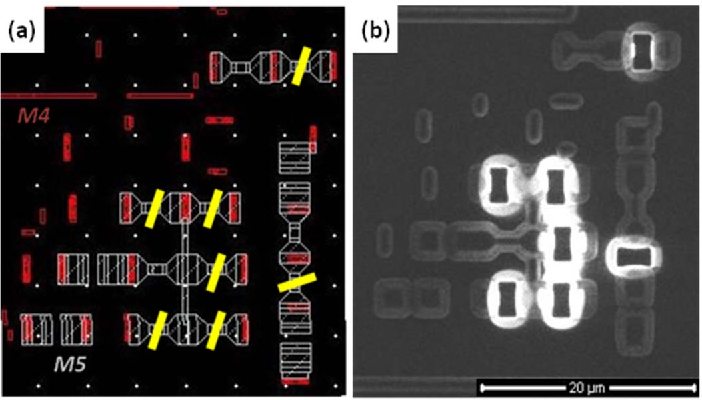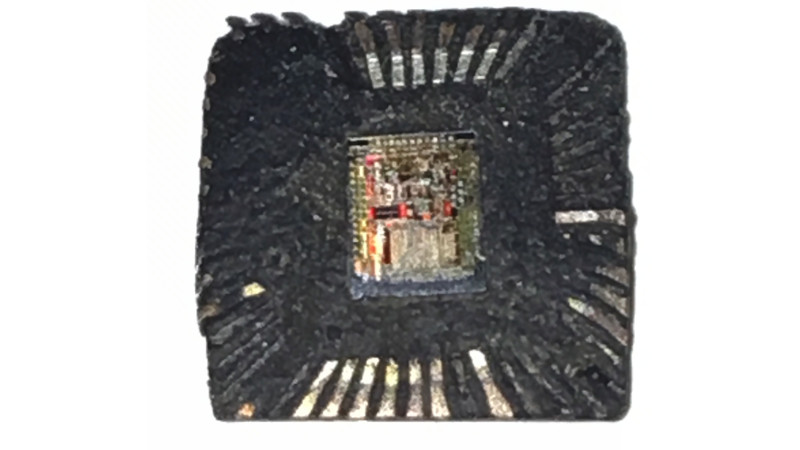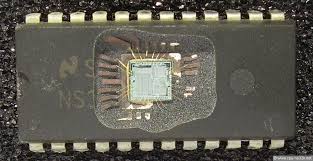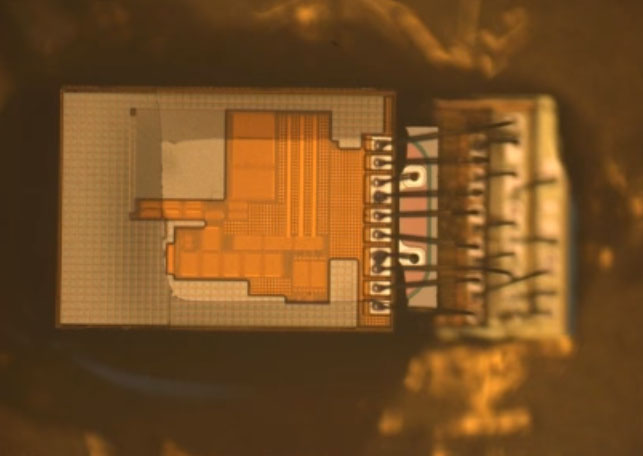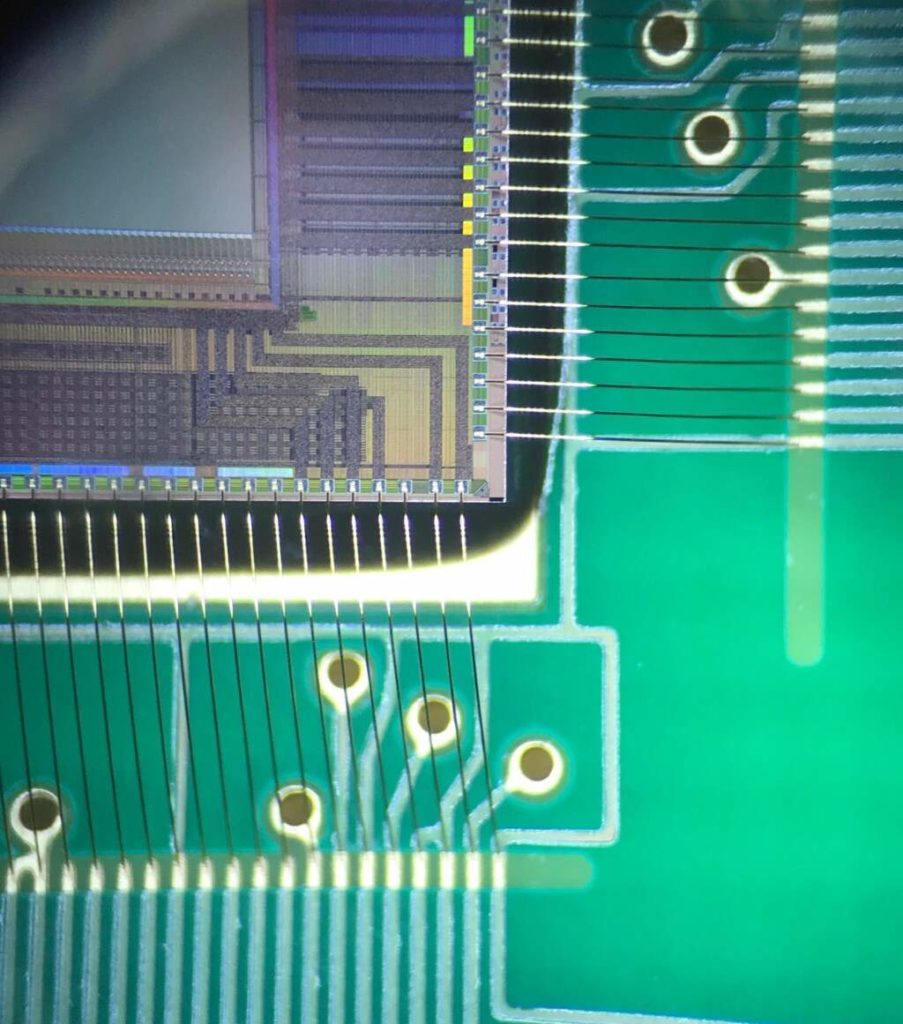Unlock Microcontroller ATTINY84 Heximal
Unlock Microcontroller ATTINY84 memory so there is possibility to extract the firmware out from both flash and eeprom, decapsulate the silicon package of MCU so the microprobe can be get access to the databus among the CPU and memory, the firmware which has been readout will be in the format of Heximal or binary;
Unlock Microcontroller ATTINY84 memory so there is possibility to extract the firmware out from both flash and eeprom, decapsulate the silicon package of MCU so the microprobe can be get access to the databus among the CPU and memory, the firmware which has been readout will be in the format of Heximal or binary
The MPLAB SIM Software Simulator allows code development in a PC-hosted environment by simulating the PIC MCUs and dsPIC® DSCs on an instruction level. On any given instruction, the data areas can be examined or modified and stimuli can be applied from a comprehensive stimulus controller. Registers can be logged to files for further run-time analysis.
The trace buffer and logic analyzer display extend the power of the simulator to record and track program execution, actions on I/O, most peripherals and internal registers before clone Microcontrolle nec R5F21276JFP.
The MPLAB SIM Software Simulator fully supports symbolic debugging using the MPLAB C18 and MPLAB C30 C Compilers, and the MPASM and MPLAB ASM30 Assemblers.
The software simulator offers the flexibility to develop and debug code outside of the hardware laboratory environment, making it an excellent, economical software development tool.
The MPLAB ICE 2000 In-Circuit Emulator is intended to provide the product development engineer with a complete microcontroller design tool set for PIC microcontrollers. Software control of the MPLAB ICE 2000.
In-Circuit Emulator is advanced by the MPLAB Integrated Development Environment, which allows editing, building, downloading and source debugging from a single environment.
The MPLAB ICE 2000 is a full-featured emulator system with enhanced trace, trigger and data monitoring features. Interchangeable processor modules allow the system to be easily reconfigured for emulation of different processors.
The architecture of the MPLAB ICE 2000 In-Circuit Emulator allows expansion to support new PIC microcontrollers. The MPLAB ICE 2000 In-Circuit Emulator system has been designed as a real-time emulation system with advanced features that are typically found on more expensive development tools.
The PC platform and Microsoft® Windows® 32-bit operating system were chosen to best make these features available in a simple, unified application.
Tags: unlock microcontroller embedded archive,unlock microcontroller embedded binary,unlock microcontroller embedded code,unlock microcontroller embedded content,unlock microcontroller embedded data,unlock microcontroller embedded eeprom,unlock microcontroller embedded file,unlock microcontroller embedded firmware,unlock microcontroller embedded heximal,unlock microcontroller embedded information,unlock microcontroller embedded memory,unlock microcontroller embedded program


